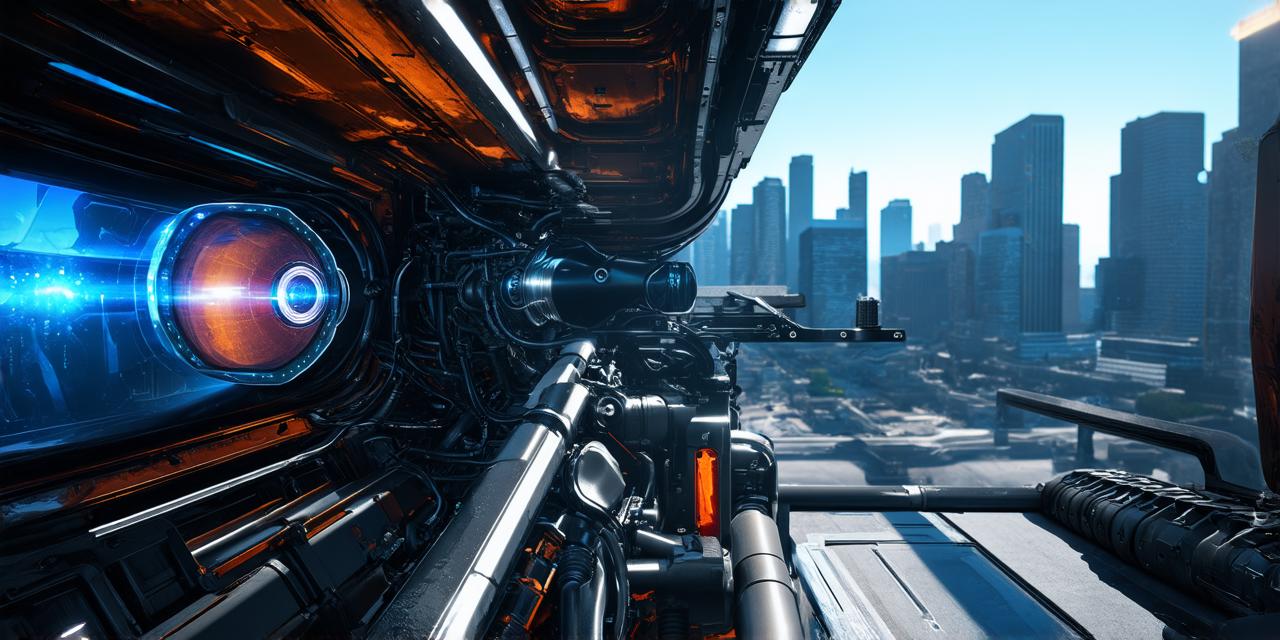1. Introduction to Rust and VR Development
Before diving into the latest trends in Rust VR development, let’s first understand what Rust is and its relationship with VR development. Rust is a systems programming language that was developed by Mozilla in 2012. It was designed to be safe, fast, and concurrent, making it ideal for developing applications that require high performance and low latency.
In the world of VR development, Rust has been used to create a variety of applications, including games, educational tools, and virtual environments. With its ability to handle complex graphics rendering and low latency requirements, Rust is well-suited for VR development.
2. Latest Trends in Rust VR Development
Now that we have an understanding of Rust’s relationship with VR development, let’s explore the latest trends in this area.
2.1 WebVR and Rust
WebVR is a technology that allows users to experience virtual reality on the web using their browser. With the help of Rust, developers can create high-performance WebVR applications that run smoothly on different devices. One such example is the use of Rust in developing A-Frame, an open-source framework for building VR experiences on the web.
2.2 Rust and GPU Compute
GPU compute has become increasingly important in VR development as it enables real-time rendering of complex graphics. Rust’s ability to handle GPU compute makes it a popular choice among VR developers. One such example is the use of Rust in developing Vulkan, an open-source graphics API that provides low-overhead access to modern GPUs.
2.3 Rust and Augmented Reality (AR) Development
In addition to VR development, Rust has also been used for augmented reality (AR) development. AR is a technology that overlays digital information on top of the real world. With Rust’s ability to handle complex graphics rendering and low latency requirements, it is well-suited for AR development. One such example is the use of Rust in developing Vuforia, an AR platform that enables developers to create interactive applications for mobile devices.
2.4 Rust and Mobile VR Development
Mobile VR development has become increasingly popular as smartphones and other mobile devices have become more powerful. Rust’s ability to handle low latency requirements makes it a popular choice among mobile VR developers. One such example is the use of Rust in developing Oculus, a platform that enables developers to create VR applications for mobile devices.
3. Case Studies and Personal Experiences
To gain a better understanding of how Rust is being used in VR development, let’s take a look at some case studies and personal experiences.
3.1 Unity and Rust
Unity is one of the most popular game engines for VR development. However, it can be slow and memory-intensive when handling complex graphics rendering. With the help of Rust, developers can create high-performance plugins for Unity that handle these tasks. One such plugin is called “UniRx”, which enables real-time data processing in Unity using Rust’s reactive programming model.
3.2 Oculus and Rust
Oculus is a platform that enables developers to create VR applications for mobile devices. With the help of Rust, developers can create high-performance plugins for Oculus that handle complex graphics rendering and low latency requirements. One such plugin is called “Vuforia”, which uses Rust to provide AR functionality on mobile devices.
4. Conclusion
In conclusion, Rust is a powerful programming language that is well-suited for VR development due to its ability to handle complex graphics rendering and low latency requirements. With the latest trends in WebVR, GPU compute, AR, and mobile VR development, Rust is becoming an increasingly popular choice among VR developers.
